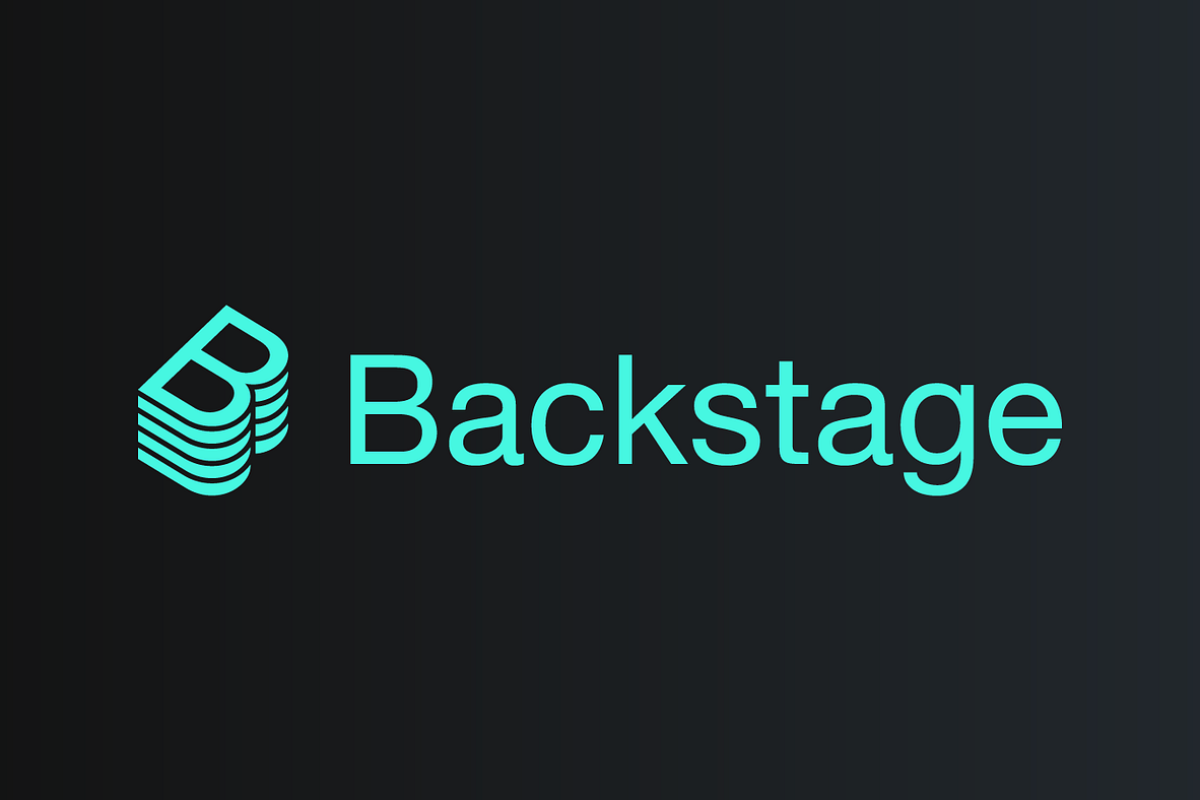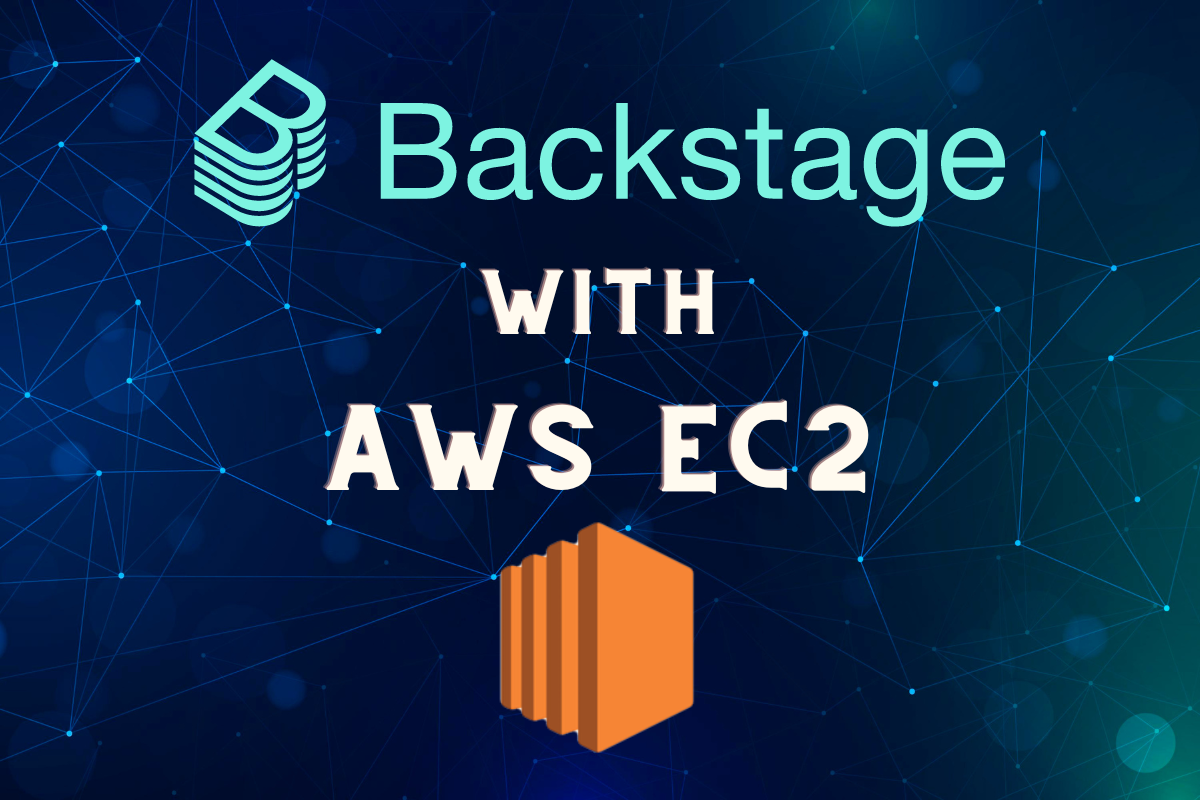How is Vibe Coding bringing a new Era in the world of Software Development?
Vibe Coding is rapidly reshaping how we develop software. Born from the idea of using natural language to instruct AI models to write code, this paradigm shift is empowering both developers and non-developers to build applications faster, smarter, and with fewer barriers. What began as an experimental trend has now gained traction in tech circles, startups, and even large enterprises. This blog delves into the core aspects of Vibe Coding, its real-world applications, emerging practices like VibeOps, and the cultural shift it has brought to modern development.
What is Vibe Coding?
Vibe Coding is the practice of generating software through conversational or natural language instructions using large language models (LLMs).
It removes the need to write traditional syntax-heavy code, instead focusing on high-level logic and intent.
It enables faster prototyping and experimentation, especially for frontend components and simple backend services.
This approach is seen as democratizing programming by making development accessible to non-coders.
It represents a blend of AI co-piloting and creative coding, allowing developers to focus on design thinking and logic structuring.
Key Features of Vibe Coding
Prompt-Driven Development: Uses text prompts to describe functionality, flows, or data structures.
Low-Code/No-Code Synergy: Merges the power of LLMs with visual/low-code platforms.
Rapid Prototyping: Enables generation of UI, APIs, and boilerplate code in minutes.
Context-Aware Refactoring: LLMs can suggest or apply changes across entire codebases based on context.
Self-Documenting Code: Prompts and generated outputs often include inline documentation or comments.

How to Implement Vibe Coding in Your Workflow
Choose an AI coding assistant that suits your tech stack and team workflow.
Start with small modules or features—describe them clearly in natural language.
Continuously test and refine the generated code to ensure logical consistency.
Adopt practices for prompt management, including prompt versioning and reuse.
Incorporate traditional tools like version control, testing, and code reviews to ensure reliability.
Real-World Applications of Vibe Coding
Frontend Prototyping: Quickly generating responsive UI components from design prompts.
Backend Microservices: Writing CRUD APIs using high-level descriptions.
Dev Tools and CLI Applications: Generating utilities for internal automation.
Game Development: Indie developers creating functional games using conversational instructions.
Business MVPs: Startups launching product ideas in days instead of weeks.
Benefits of Vibe Coding
Accelerates time-to-market for new products and features.
Encourages creativity and experimentation without deep coding knowledge.
Reduces development costs for early-stage startups and MVPs.
Enhances collaboration between technical and non-technical stakeholders.
Helps in reskilling and upskilling teams to work with AI tools.
Limitations and Challenges of Vibe Coding
Lack of accuracy or completeness in complex business logic.
Security vulnerabilities due to misunderstood or poorly scoped prompts.
Hard to maintain consistency across large, evolving codebases.
Risk of overreliance on AI for decisions that require domain expertise.
Limited debugging support in case of logic or performance errors.
Cultural and Paradigm Shifts in Development
Developers now spend more time refining and validating than writing syntax-heavy code.
The role of software engineers is expanding to include AI prompt engineers and prompt reviewers.
Emphasis has shifted from building everything manually to orchestrating and managing AI output.
Engineering culture is leaning toward speed, experimentation, and iteration over perfection.
Team dynamics are evolving—cross-functional collaboration is more seamless with natural language development.
Best Practices for Successful Vibe Coding
Always break down large tasks into smaller, manageable prompt-driven blocks.
Validate AI-generated code with automated testing frameworks.
Maintain clean and structured prompt libraries for reuse and consistency.
Conduct regular audits of generated code for security and compliance.
Establish clear ownership and review protocols for AI-generated contributions.
Emergence and Evolution of VibeOps
VibeOps is the operational extension of Vibe Coding, integrating AI into DevOps tasks.
Includes prompt-based deployment setups, cloud configuration, and CI/CD orchestration.
Aims to eliminate DevOps bottlenecks and improve developer flow.
Promotes real-time observability and monitoring through conversational agents.
Encourages AI-assisted infrastructure-as-code, reducing manual configurations.
Future of Vibe Coding and Developer Roles
Developers will evolve into curators, validators, and strategists rather than line-by-line coders.
New roles will emerge like AI Code Auditors, Prompt Architects, and AI Workflow Designers.
Education systems may shift toward teaching logic, systems thinking, and AI oversight rather than just syntax.
Open-source LLM platforms may democratize vibe coding for indie and freelance developers.
Organizations will need governance frameworks to manage AI-driven development responsibly.
Conclusion
Vibe Coding is not just a passing trend—it is a pivotal transformation in how software is conceived, developed, and deployed. By combining natural language with the capabilities of modern LLMs, it enables faster innovation, lowers barriers to development, and encourages inclusive collaboration. From real-world applications in startups to the formation of new operational practices like VibeOps, the impact is already visible. While challenges exist—particularly around accuracy, security, and governance—the benefits outweigh the drawbacks when approached with caution and discipline. As the paradigm continues to evolve, developers and organizations alike must embrace this shift, adapt to new roles, and rethink the boundaries of what it means to “code.”







